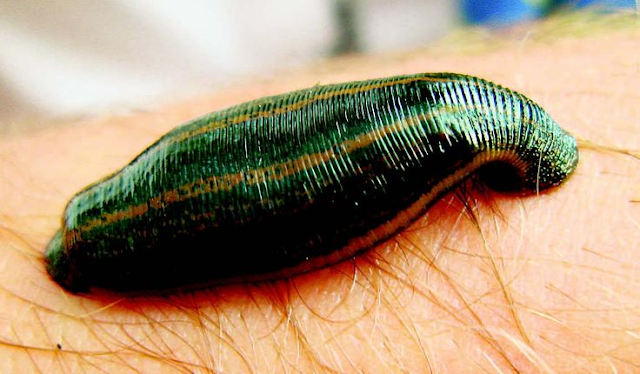SOLAR ECLIPSE 2025
Introduction to Solar Eclipses Solar eclipses are one of the most fascinating celestial events, capturing the curiosity of scientists, astronomers, and the general public alike. These occur when the Moon passes between the Earth and the Sun, either partially or completely obscuring the Sun's light. There are different types of solar eclipses: Total Solar Eclipse : The Moon completely covers the Sun. Partial Solar Eclipse : The Moon partially blocks the Sun, creating a crescent shape. Annular Solar Eclipse : The Moon covers the center of the Sun, leaving a ring-like appearance. Hybrid Solar Eclipse : A rare eclipse that transitions between total and annular phases. The Solar Eclipse of 2025 In 2025, two significant solar eclipses will occur: March 29, 2025 – A partial solar eclipse , visible in several parts of the world but not visible from India . September 21, 2025 – Another partial solar eclipse , with possible limited visibility in India. Key Details of the March 29, ...







.png)

Comments
Post a Comment